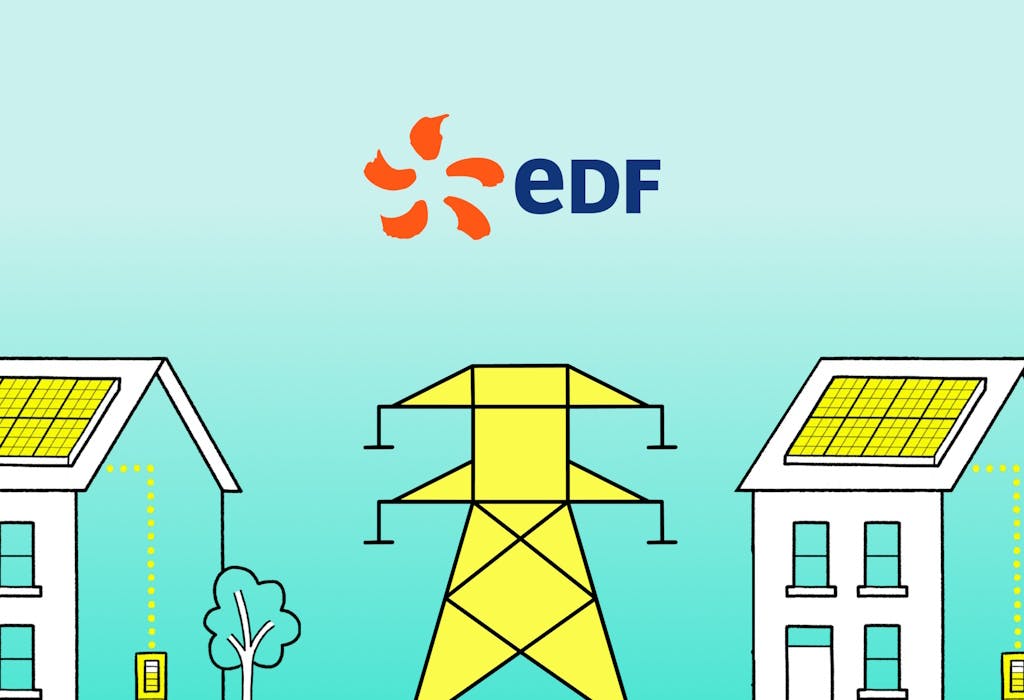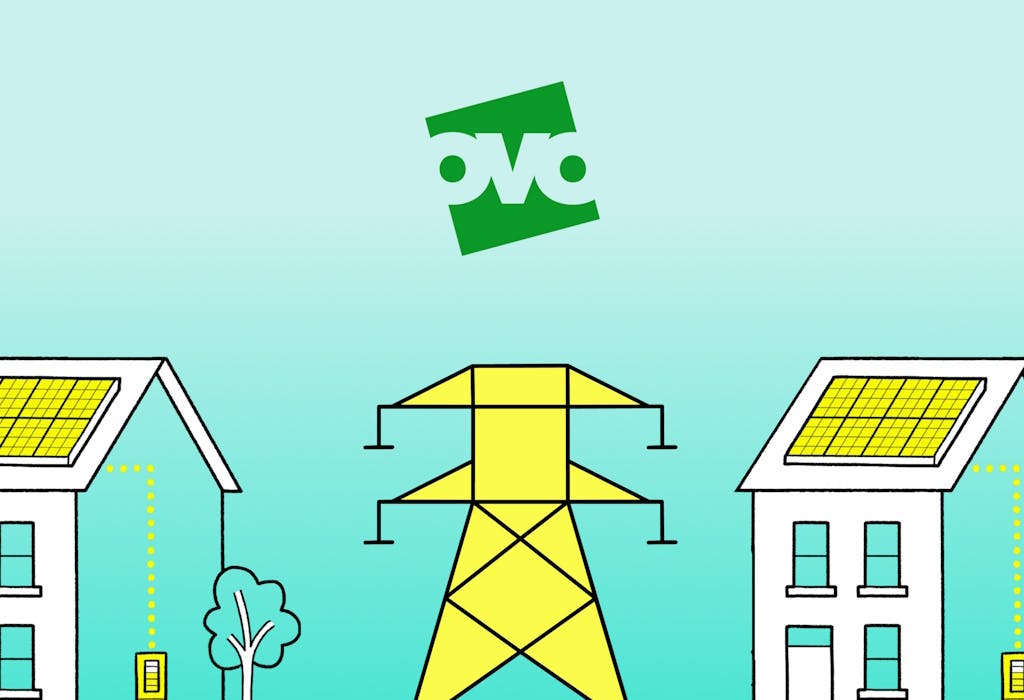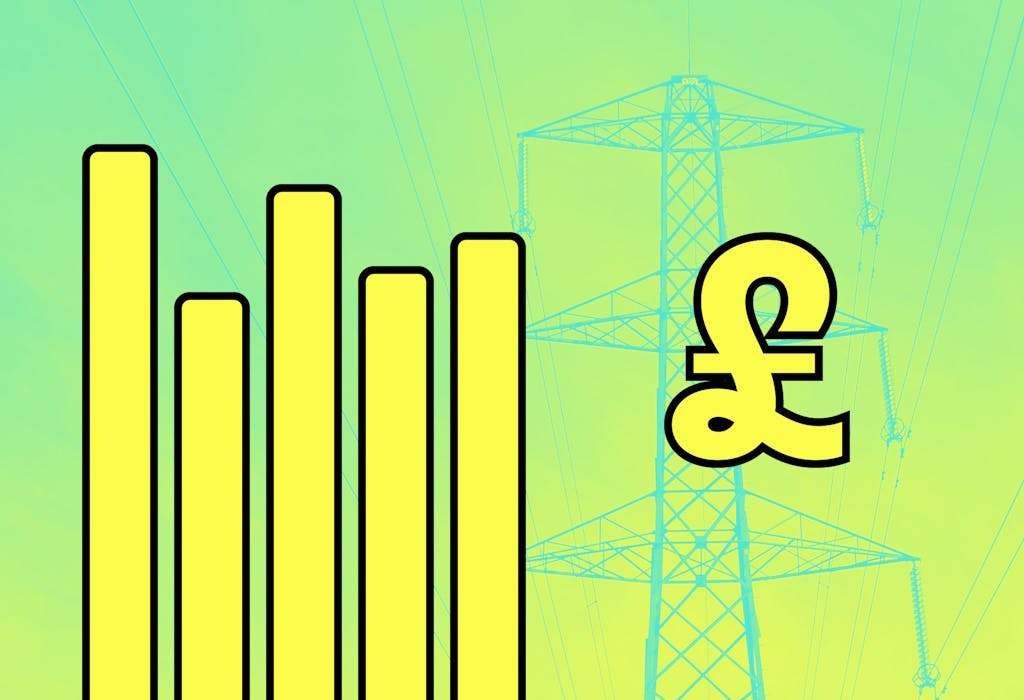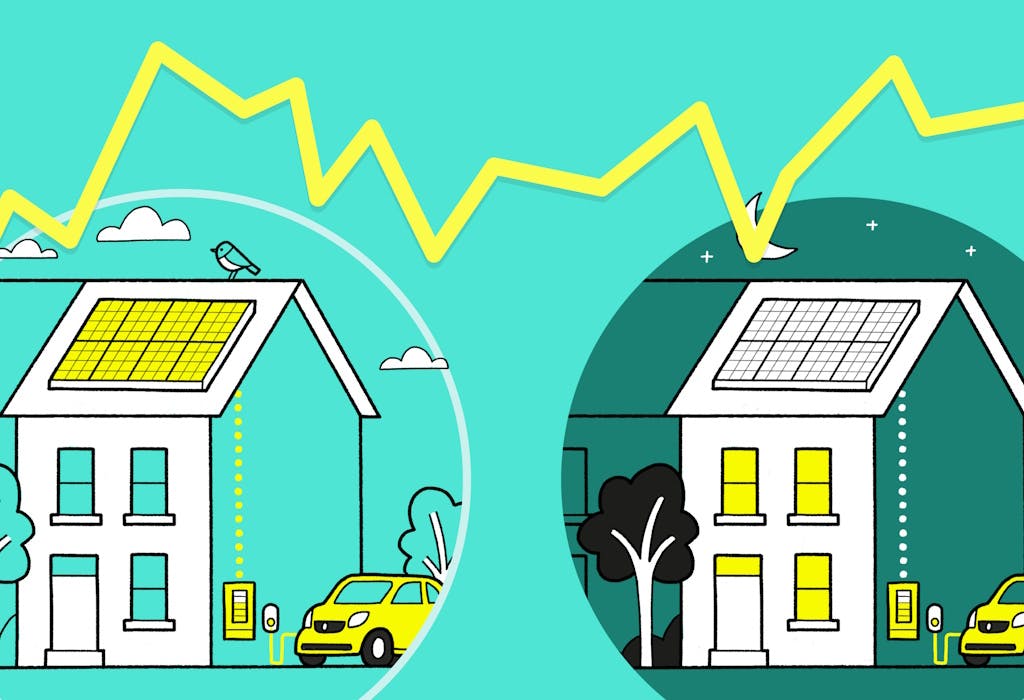- Solar advice hub
- Exporting-to-the-grid
- E.ON’s export tariff: is it worth it?
E.ON’s export tariff: is it worth it?
Here are rundowns of E.ON’s export tariffs, including their rates, eligibility criteria, and which import rates you should get with them.


Why you can trust our content
We know that the solar industry is full of misinformation, but we only use reliable sources, including:
- Our experienced solar experts, installers and system designers
- Our own database of solar & battery system designs
- Authoritative bodies like MCS and the UK government




Calculate savings
What kind of home do you live in?
Calculate savings
What kind of home do you live in?
E.ON’s export tariffs: at a glance
Solar homes should be regularly checking if they’re on the right export tariff, to maximise their earnings – and it’s always worth having a look at E.ON’s offerings.
The energy company, which has around 5.6 million UK customers, provides multiple export tariffs, including one of the highest rates available to domestic properties.
In this guide, we’ll run through the different features of E.ON’s three export tariffs, including their rates, eligibility criteria, and the sign-up process, as well as which import rates go best with them.
And if you’re wondering how much you could save with a solar & battery system, enter a few details below and we’ll provide an estimate.
Find out how much you can save
What kind of home do you live in?
What export tariffs does E.ON offer?
E.ON offers three export tariffs: Next Export Premium v2, Next Export Exclusive, and Next Export.
It’s now extremely common for energy companies to provide multiple export tariffs, often to encourage customers to go solar with them, or to choose them as their import supplier.
The biggest providers have all embraced this approach, alongside a tariff that fulfils their obligations under the Smart Export Guarantee.
This UK government scheme compels large suppliers to pay any household with an eligible renewable system, like solar panels, for all the electricity they export to the grid.
| Name of E.ON tariff | Export rate (p/kWh*) |
|---|---|
| Next Export Premium v2 | 21 |
| Next Export Exclusive | 16.5 |
| Next Export | 3 |
1. Next Export
Export rate: 3p/kWh
This is E.ON’s most basic tariff, which the supplier created to meet the Smart Export Guarantee’s requirements.
If you have a renewable installation that produces electricity, such as a solar & battery system, you can sign up to Next Export for a fixed 12-month term.
It doesn’t matter which company supplies your electricity, which installer fitted your system, or whether you use any other E.ON services.
However, 3p per kWh is low. The average SEG rate is 8.9p per kWh, according to Ofgem’s most recent report.
And you can earn even more by opting for a bundled tariff, which requires you to get your electricity and/or installation through the same supplier.
For more information, read our guide to the best export tariffs, which runs through the optimum import-export tariff combinations and shows you how much you could save.
Which import tariff should you use?
You don’t have to choose an E.ON import tariff to sign up for Next Export, leaving you free to pick the best option on the market: Good Energy EV Charge.
This time-of-use tariff – which doesn’t require you to have an EV – includes an off-peak period from 12am to 5am every day, when electricity is around four times cheaper than the price cap.
At all other times, you’ll pay slightly more than the price cap – but if you rely on your solar & battery system during peak hours, you can top up your battery with cheap electricity overnight.
What are the eligibility requirements?
To qualify for this tariff as a solar home, you must own a system that’s been fitted by an installer that’s been certified by MCS or Flexi-Orb, and which doesn’t exceed five megawatts (MW).
To put that into context, the average solar panel system in the UK is 4.6 kilowatts-peak (kWp), which is more than 1,000 times smaller than 5MW.
Your electricity supplier doesn’t affect your eligibility for this tariff.

2. Next Export Exclusive
Export rate: 16.5p/kWh
This 12-month fixed term tariff allows E.ON electricity customers to earn one of the best export rates around.
Next Export Exclusive’s 16.5p per kWh offering is 26% more generous than the average bundled rate, which is 13.45p per kWh.
In fact, it’s the highest fixed rate you can get without needing to have your solar installation carried out by a specific supplier – and it hasn’t changed since October 2023.
Make sure you ask E.ON for quarterly payments though, otherwise you’ll be paid annually.
Which import tariff should you use?
Next Export Exclusive’s most important requirement is that you receive your grid electricity from E.ON, meaning you have to choose one of the supplier’s import tariffs.
As of the October 2025 price cap, your best option is E.ON Next Fixed 12m v94.
This tariff comes with a roughly 24.21p per kWh unit rate and 48.25p per day standing charge, though this will vary substantially depending on where you live.
What are the eligibility requirements?
You must receive grid electricity from E.ON to be eligible for this tariff.
Households that buy solar panels or a battery from E.ON can also qualify, but will be better off signing up for Next Export Premium v2, which offers a higher rate (see below).
Your system must also be 15kWp or smaller, which covers the majority of domestic systems.
There are many advantages to getting a large system, but 15kWp is more than three times bigger than the average installation.
And if you’re wondering how much you could save with a solar & battery system, enter a few details below and we’ll provide an estimate.
Find out how much you can save
What kind of home do you live in?
3. Next Export Premium v2
Export rate: 21p/kWh
If you’re willing for E.ON to install your solar panels or battery and supply your electricity, you can sign up to receive 21p per kWh for 24 months.
This is one of the highest rates around, though it also comes with the most requirements of any E.ON tariff.
Since it relies on you installing through E.ON, this tariff excludes all homes that have already gone solar with a different installer.
It also means you can’t shop around for solar quotes from different installers, which is usually an important part of finding the best option for your household.
And just like Next Export Exclusive, your choices of import tariff will be limited to those provided by E.ON.
Which import tariff should you use?
E.ON’s Next Fixed 12m v94 tariff is the best one to use with Next Export Premium v2.
You have to use one of the supplier’s import rates to qualify for its highest export tariff, and this selection is currently the cheapest one for most households.
It’s a flat rate, meaning it doesn’t come with any of the peak and off-peak periods that make some time-of-use tariffs so appealing.
However, both its unit rate and standing charge are well below the October 2025 price cap.
What are the eligibility requirements?
You must install a solar panel system, a battery, or both through E.ON.
If you’ve already done this, you can still qualify, as long as your installation happened after 1 October 2024.
You’ll also need to get your grid electricity from E.ON, which means you’ll have to sign up for one of the supplier’s import tariffs before you can register for this export rate.
You’ll also have to fall under the 15kWp limit on solar panel systems that E.ON imposes on homes that use this tariff – but most domestic installations are comfortably smaller than that.
How much can you earn from E.ON’s export tariffs?
The amount of income you can earn from an E.ON export tariff depends on multiple factors, including which tariff you choose, how much you export, and your import tariff.
| Name of E.ON tariff | Average annual export income* |
|---|---|
| Next Export Premium v2 | £251 |
| Next Export Exclusive | £197 |
| Next Export | £69 |
Next Export Premium v2 is clearly the best option in terms of export income – it’s 27% more profitable than Next Export Exclusive, and 264% better than Next Export.
However, it also comes with the most restrictions.
The requirement to install with E.ON drastically limits your options, while the need to get your grid electricity through the supplier stops you from accessing a time-of-use tariff that may be more beneficial for you.
Next Export Exclusive also requires you to be on an E.ON import tariff, so it’s all a matter of balancing the benefits and drawbacks for your home.
How can you sign up for an E.ON export tariff?
You can sign up for an E.ON export tariff by filling in an online form.
You’ll need your MCS or Flexi-Orb certificate, proof of your address, a photo of your smart meter, the Distribution Network Operator (DNO) approval letter that your installer obtained, and a schematic diagram of your system if it includes a battery.
E.ON may take up to four weeks to process your application, and will then contact your DNO to get your export MPAN.
This is your export meter’s unique 13-digit identification number, and it allows the supplier to connect your meter readings with your account.
Your DNO will usually take between one and four weeks to provide this number, at which point the switch to your new export tariff should go through straight away.
How long does it take?
It should take between five and eight weeks overall to sign up, which makes E.ON quicker than most of its rivals.
If you’re worried about missing out on export income during this period, you should ask E.ON if your payments can be backdated to the date you submitted your export tariff application.
Suppliers are sometimes open to this, and it can earn you some extra money.
Are E.ON’s export tariffs worth it?
E.ON provides two of the most profitable export tariffs in the industry right now, which definitely makes them worth considering.
You could earn hundreds of pounds on Next Export Premium v2 or Next Export Exclusive, though either option will somewhat restrict your options.
If you’re happy for E.ON to install your system, Next Export Premium v2 could be perfect for you, especially as you’ll be able to lock in its high 21p per kWh rate for two years.
The only drawback would then be having to go with an E.ON import rate, instead of a time-of-use tariff that could allow you to save more.
Whether these tariffs are worth it for your household will depend on factors including how much electricity you use, the size of your solar panel system, the size of your battery, and your location.
If you’re wondering how much you could save with a solar & battery system, enter a few details below and we’ll provide an estimate.
Find out how much you can save
What kind of home do you live in?
FAQs
Related articles

Written byJosh Jackman
Josh has written about the rapid rise of home solar for the past six years. His data-driven work has been featured in United Nations and World Health Organisation documents, as well as publications including The Eco Experts, Financial Times, The Independent, The Telegraph, The Times, and The Sun. Josh has also been interviewed as a renewables expert on BBC One’s Rip-Off Britain, ITV1’s Tonight show, and BBC Radio 4 and 5.



